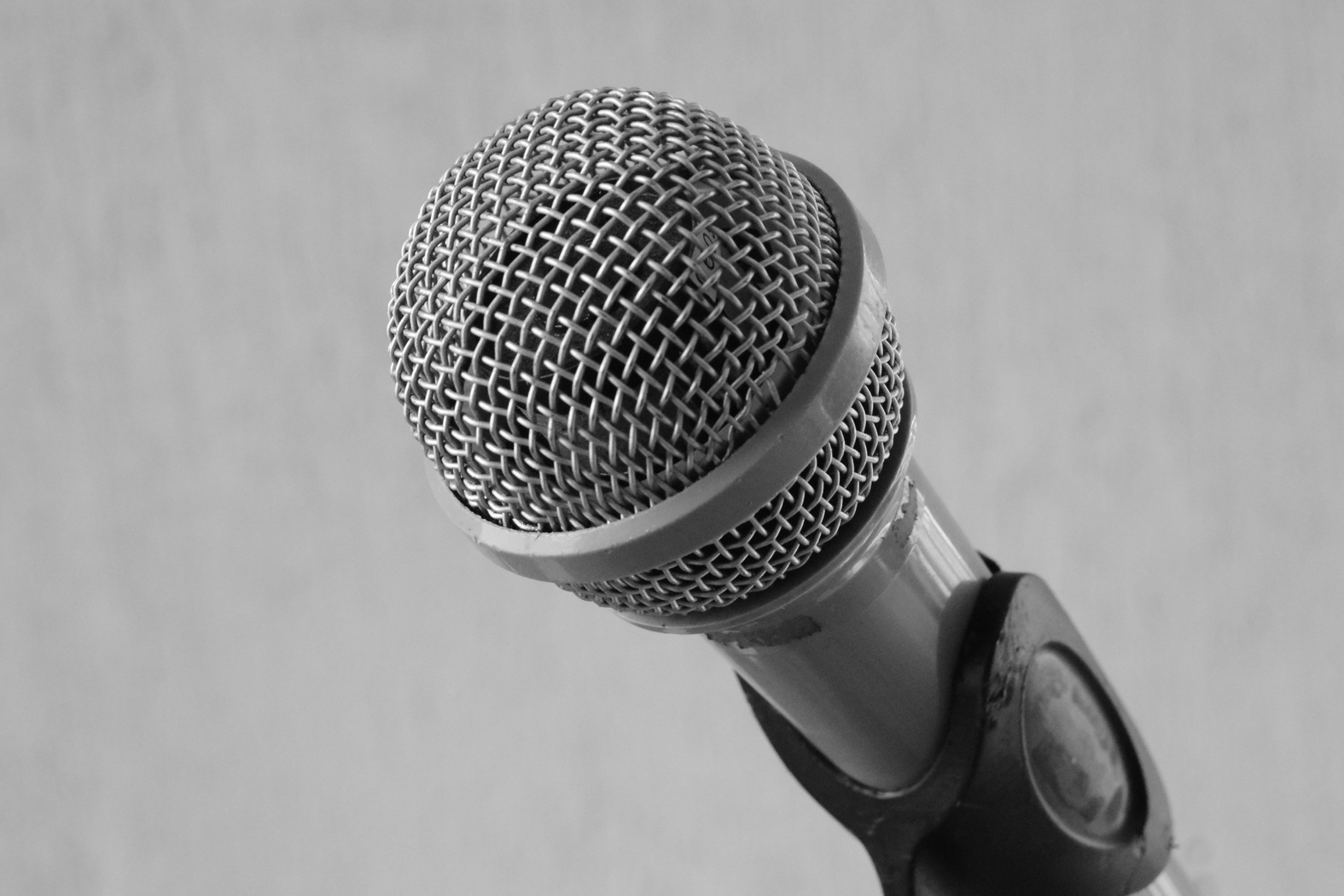So many students want to sound like Little Walter, Big Walter and a hundred other guys. I really cannot and will not teach this way. If that is what you want there are many fabulous books that will address those styles.
What I find interesting as a teacher is , those same students often come back to me feeling frustrated: that even though the licks helped them improve immensely, they still feel they haven’t found what they are looking for.
The good news is, we all go through this stage trying to sound like our heroes but we all wake up one day to reality we are NOT those players. This is the greatest lesson on harp or any musical instrument to realize our heroes had their own unique individual identity and musical voice. So the question each student must ask himself is: Why does Little Walter sound like Little Walter? Why does Sonny Boy Williamson sound like Sonny Boy? The answer is quite simply each artist follows his own path and takes musical risks on the way to originality.
Once a student reaches the stage in his development where he has the fundamentals down and has learned a great deal from his heroes he has to take the “Leap of Faith” and find his own way in the music he loves. (Jerry Portnoy quotes this in his Blues Harp Masterclass.
The quote is from Eric Clapton). The great news is that when you come to this stage you are ready to learn even more: you will open doors to your own original style and increase your ability to improvise on gigs and jams.
If you go back to the basics of what the Blues is all about, you will find first and foremost it is a Vocal Music, and if you listen closely to the instruments you will find that the music (like Jazz) is a conversation between instruments.
Your goal then is to learn how to get your harp to “speak” to other players on the bandstand. You do this by learning how to sing (at least a little!) and phrase ideas. Here are some important points that will definitely help you in your search for your individual voice in both singing and playing harp.
- Force yourself to start singing! You have to do this to really get in touch with your own original musical voice. When you sing a blues you should listen carefully to yourself :how you phrase lyrics or breathe between verses or the vocal decorations you apply to the song. These are great to apply to the harp. The throat vibrato you hear me use is a direct result of this. I know it can be scary at first, but it will do wonders in time.
- The next thing to do is- you guessed it! Record yourself singing to hear how close you got to the notes! This will improve over time as well. Once you do this you might just discover a couple cool sounding vocal phrases, so pull out your trusty harp and see if you can find the ideas on the instrument.
3.To create rhythm ideas try listening to the way you speak. For example, I might say “How you doin?” You might say: “Doin really great!” “Learnin’ tons of stuff!” You can hear and feel the natural original rhythms of your speech. This technique will give you endless ideas for rhythmic phrasing and improvisation.
- Take any phrase you would say in conversation and use it for a rhythm figure. This is by far the best method I know to break new ground and it is so obvious that most over look it as a learning tool!
- Also remember “Less is Best” when playing out at a jam when you are just starting out. If you can’t think of anything to play it is the same as you can’t think of anything to say! No problem there! Don’t play! You would be surprised how great a musical decision this can be.
- If you work on these points in your practice regimen, you will find new and original ways to play your instrument and they will fundamentally be your own.
Improvisation comes from so many sources that include imitating masters and technical development, but true improvisation comes from having the courage to “sound like you!”
